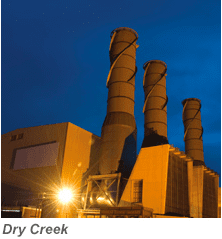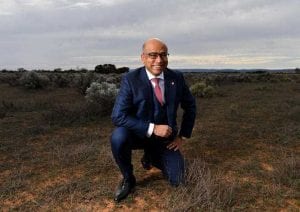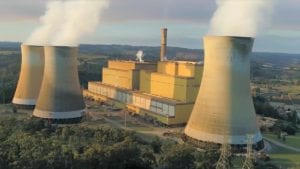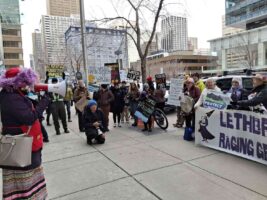
A unit of the French owned electricity giant Engie has been fined by the Australian Regulator for failing to respond to market directions as the grid operator battled to keep the lights on in South Australia following a major network fault.
The incident occurred more than 18 months ago – in the early morning of December 1, 2016 – causing supply interruptions to Alcoa’s aluminium smelter in Victoria, forcing BHP’s Olympic Dam mine in South Australia to drastically reduce its load, and the state to narrowly avoid wider outages.
The incident, which came shortly after the “system black” event in late September, was used by big energy users and the Coalition government to depend its criticism of the state’s renewable energy commitment and deepens the political divide over energy.
But the event on December 1 had nothing to do with renewables.
Like nearly all power outages, it was the result of network problems – on this occasion a scheduled maintenance on one line that was compounded by an unanticipated equipment failure on another line that left the South Australia grid operating as an “island.”
In these events, the Australian Energy Market Operator, battling to deal with supply and demand and swings in frequency, and trying to keep the network in a secure state, it needs the generators to do what they are told to do.
But in the case of Engie’s Dry Creek power station, a 156MW “peaking” plant in the northern suburbs of Adelaide that is usually called upon to react quickly at times of peak demand, short supply or other events, that didn’t happen.
Its operators failed to follow repeated directions over a four hour period and the company has been fined a total of $60,000 for its failure to respond to those directions on more than 30 different trading intervals.
Engie has also signed an enforceable undertaking that promises its facilities will be manned, or if they are not, that someone has access to its systems at home so it can respond to directions.
The AER report details how Engie was repeatedly directed to operate in a certain manner to ensure the stability of the system, and constantly failed to respond.
Between the hours of 12.40am – soon after the network fault – and 5am, Engie’s output constantly differed from what had been instructed by AEMO, sometimes significantly above what AEMO wanted and needed for system security, and sometimes significantly below.
The AER says normal arrangements – which usually sees an Engie trader working from home and calling on a third party if needed – did not work. A remote control facility also failed.
It is not clear how much of an impact this failure to respond had on the system – for much of this time, prices soared to the market cap before falling again as generators, including Dry Creek, sought to maximise their revenues.
But the price averaged over $5,000/MWh for much of this period, instead of its forecast four hours perviously of $60-$80/MWh, even after BHP was instructed to reduce its load by 70MW down to 100MW.
BHP later claimed, and it was widely reported, that that its Olympic Dam facility was completely blacked out. But as only RenewEconomy noted at this time, it was not true.
Nevertheless, BHP used the incident to launch another attack against renewables, a theme eagerly embraced by the Coalition government.
Engie has promised to have its night-time traders have a computer available at home as well as its laptop, and to respond to text messages and emails from AEMO that direct them to do something.
Dry Creek is operated by Synergen, which is 72% owned by Engie and 28% by Mitsui.











